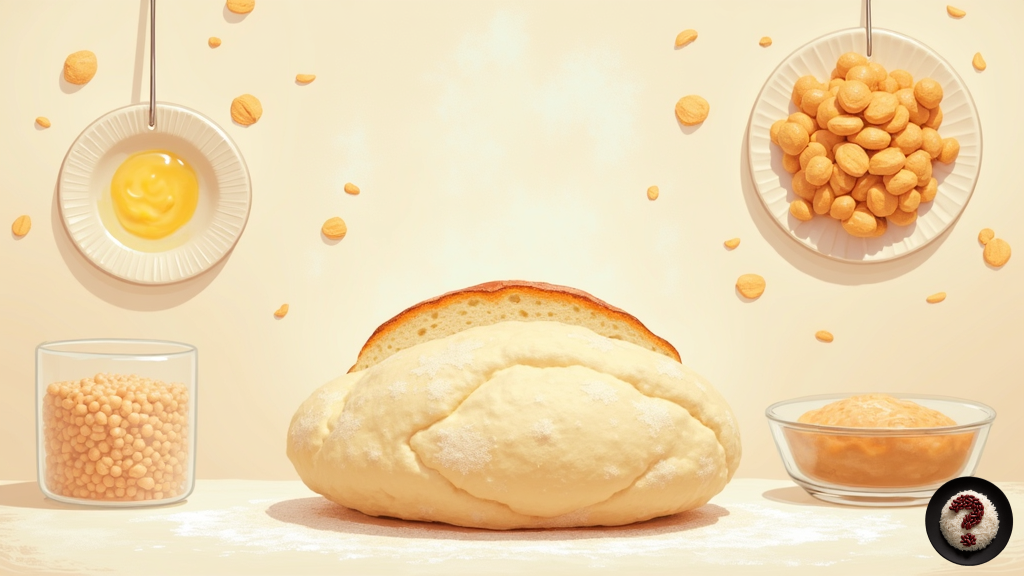
The Science and Importance of Kneading Bread Dough
Baking bread requires both artistry and the precision of a science experiment. One of the most critical steps in this process, and perhaps the first that comes to mind, is kneading the dough. So, why do we place so much importance on this kneading process, and what exactly happens while we knead?
When flour and water are combined, two main proteins in the flour, gliadin and glutenin, form the gluten network. This network determines the structure and texture of the bread. The kneading process strengthens this gluten network and makes it elastic. This allows the dough to trap the gases produced during fermentation, which makes the bread rise.
Another important aspect of the kneading process is that it ensures the dough achieves a homogeneous structure. Thanks to this uniform structure, the yeast can be evenly distributed throughout the dough, and the fermentation process becomes more efficient. Additionally, the temperature of the dough increases during kneading, which helps the yeast work more actively.
We can use a method called the “windowpane test” to determine how much the dough needs to be kneaded. In this test, we take a small piece of dough and gently stretch it. If the dough becomes translucent like a thin membrane, the kneading process is complete. However, if the dough tears while being stretched, we need to continue kneading for a little longer.
We can perform the kneading process by hand or use a mixer or bread machines. However, the crucial point to consider here is that over-kneading can damage the structure of the dough and lead to hard bread. For this reason, it is important to accurately manage the kneading time.
In conclusion, in bread making, the kneading process is a vital step that determines the final texture of the dough and, consequently, the bread. It is possible to make delicious and airy bread with the correct kneading techniques and duration. One of the keys to success in bread making is giving the kneading process the attention it deserves.
